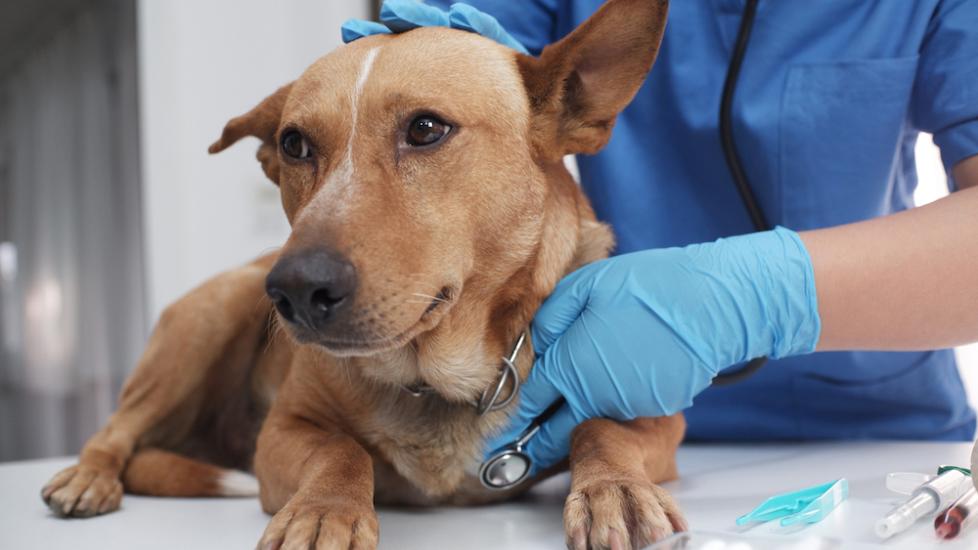Title: Unraveling the Mystery Behind Clotting Disorders in Canine Companions
Introduction:
In the world of our four-legged friends, blood clotting is a crucial process that ensures wounds heal and bleeding stops promptly. However, dogs can face challenges with this vital function due to platelet disorders, which may lead to prolonged or excessive bleeding. Understanding these conditions is essential for pet owners seeking to provide the best care for their beloved companions. This article delves into the intricacies of canine clotting disorders, shedding light on symptoms, causes, treatments, and preventive measures.
Understanding Blood Clotting Mechanism in Dogs:
Blood clotting involves a complex interplay between cells (platelets) and proteins known as coagulation factors. When damage occurs to a vessel wall, platelets are activated and adhere to the site, forming a temporary plug. Coagulation factors then kick into action, creating a meshwork that further strengthens the clot. In dogs, any disruption in this intricate dance can lead to serious health concerns.
Types of Platelet Disorders in Dogs:
1. Immune-Mediated Thrombocytopenia (ITP): A common form of thrombocytopenia where the immune system mistakenly attacks healthy platelets. ITP can be acute or chronic, requiring different treatment approaches.
2. Congenital Bleeding Disorders: These are inherited diseases affecting the production or function of platelets, such as von Willebrand disease, which affects both dogs and humans.
3. Acquired Bleeding Disorders: Conditions that develop later in life, often associated with other diseases like liver failure or bone marrow problems.
4. Secondary Thrombocytopenia: Low platelet count secondary to another condition, such as cancer or infections, which indirectly affect platelet production or survival.
Symptoms and Diagnosis:
Dogs with clotting disorders might exhibit signs like easy bruising, nosebleeds, gum bleeds, prolonged bleeding from cuts, or unexplained swellings. Veterinarians typically perform a complete blood count (CBC) to assess platelet counts and clotting times. Further testing may include biochemistry profiles, coagulation tests, imaging studies, and even genetic screening for congenital disorders.
Treatment Options:
The goal of therapy is to manage bleeding episodes and address the underlying cause. Treatment modalities include:
- Medications: Corticosteroids, immunosuppressants, and sometimes intravenous gamma globulin infusions for ITP; desmopressin acetate for von Willebrand’s disease.
- Transfusions: Fresh frozen plasma or platelet transfusions if severe cases require immediate intervention.
- Supportive Care: Monitoring fluid balance, providing pain relief, and ensuring proper nutrition during recovery periods.
Prevention Strategies:
Regular veterinary check-ups can help identify early signs of clotting issues. Vaccination against infectious agents linked to acquired disorders is also important. For congenital disorders, breeding programs should focus on eliminating affected animals from the gene pool to prevent future generations from inheriting the condition.
Conclusion:
While clotting disorders can be concerning, they are treatable with timely diagnosis and appropriate management strategies. By fostering a collaborative relationship with your veterinarian, you can ensure your dog leads a comfortable and active lifestyle despite facing these medical challenges. Regular monitoring and open communication will go a long way toward maintaining the health and well-being of your canine companion.
